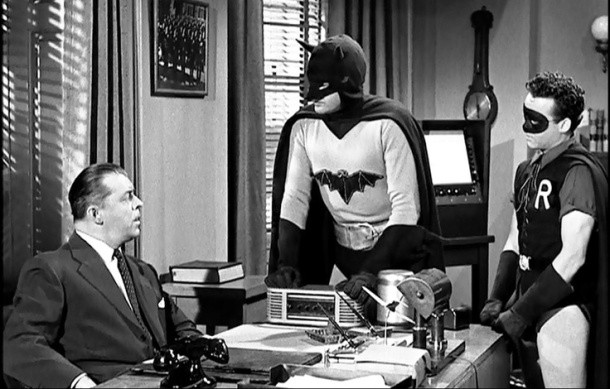
Under Capricorn (1949)
Directed by Alfred Hitchcock
Warner Bros. / Transatlantic Pictures
After directing The Paradine Case (1947) and Rope (1948), Alfred Hitchcock made Under Capricorn, and completed a hat trick of box office disappointments.
It’s not hard to see why Under Capricorn underperformed at the box office. Like nearly all of Hitchcock’s films, it’s a technical marvel, but it’s also a half-baked melodrama.
Under Capricorn is based on the play by John Colton and Margaret Linden, which was adapted from Helen Simpson’s 1937 historical novel. It takes place in Australia in 1831, when Sydney was still a small port city full of ex-convicts. The new governor’s young cousin, Charles Adare (Michael Wilding), arrives from Ireland, hoping to make his fortune. He’s quickly embroiled in a land-buying plot with the brusque Samson Flusky (Joseph Cotten). Flusky’s criminal past is whispered about and hinted at, but Adare quickly learns that directly asking about anyone’s criminal past in New South Wales is taboo.
The loneliness of life in the outback has not been kind to Sam Flusky’s wife, Henrietta (Ingrid Bergman), and when she first appears onscreen she looks like a ghost. She’s drunk, barefoot, and in her dressing gown. However, her exposure to Charles Adare quickly changes her, and she begins to take care of her appearance and show a renewed interest in life.
Like Rope, Under Capricorn was shot in Technicolor, and it’s a sumptuous film. There are a lot of bravura little touches, like a tracking shot that briskly follows Adare down a long hallway and through two doorways in the governor’s mansion. This is followed by a slower tracking shot of Adare as he slinks outside Flusky’s estate, peeping in open doors. Hitchcock’s camera, operated by cinematographer Jack Cardiff, is lissome, and flows through the spaces of Flusky’s home like water, in and out of rooms, following first one character, then another.
There are also some lovely visual metaphors. When Henrietta happily reminisces with Adare about their youth together, the film cuts to Flusky, his face perfectly framed by a double candle holder, which resembles horns, the traditional symbol of the cuckold.
But all the stunning camerawork, beautiful Technicolor, and perfectly framed shots in the world can’t make a dull movie interesting, and Under Capricorn is an awfully dull movie. Its origins as a stage play are painfully obvious. Michael Wilding turns in a one-note performance, Joseph Cotten seems to be phoning it in (he apparently referred to this film as “Under Corny Crap”), and only Ingrid Bergman and Margaret Leighton (in a small but juicy role) are any fun to watch.
However, any Alfred Hitchcock film is worth seeing at least once, and Under Capricorn is no exception. Not everyone finds it dull, either. The film has plenty of proponents, most notably Cahiers du Cinema, the influential French film magazine. In 1958, they named Under Capricorn one of the 10 best films ever made.















